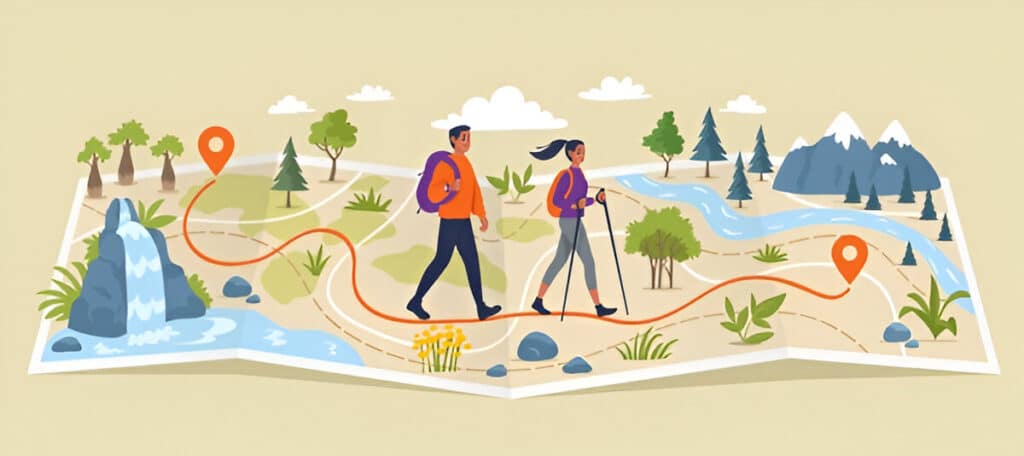Activity is a term that encompasses all the deeds, occupations, and actions carried out by tourists. Be it at the destination or the company level, the organization of proper activities is crucial for marketing strategies.
Certainly, they form a relevant attribute of the choice alternatives as it might lead
an individual to choose a specific destination or company. Therefore, the activities available play a relevant role in tourism decision making.
The acclaimed restorative properties of tourism are directly derived from tourists’ participation in activities at the destination. The literature has emphasized the relationship (and comparison) between at-home recreation activities and those
realized on vacations (Brey and Lehto 2007).
The prospects of doing different activities from those done at home attract people to a destination. Accordingly, the existence of specific activities helps destinations design adequate segmentation strategies as well as manage social interactions.
In line with Gibson (2006), activities bring social and tourist dimensions together at a destination, leading to interactions among tourists themselves, as well as between tourists and local residents. In fact, these activities represent the point at which tourism facilitates human contact to its highest degree.
Two fundamental points have been stressed in the literature. From the supply side, activities have environmental implications; hence decisions and actions should attempt to balance tourists’ satisfaction, residents’ wellbeing, and destination
sustainability.

From the demand side, participations in an activity can be the result of a behavioral
trait. In terms of Carr’s (2002) tourism-leisure behavioral continuum, “residual culture” (leisure behavior people show at home which is more habit driven) and “tourist culture” (behavior they exhibit at holiday destinations which is
more liberated and hedonism driven) are two central factors that can influence tourist behavior and, specifically, the activities they choose.
Strongly linked to this concept, and relevant to destinations, is the notion of price from a marketing viewpoint, where both monetary and nonmonetary efforts must be considered to analyze tourists’ willingness to participate in certain activities.
Accordingly, Nicolau (2011) introduces the concept of “predisposition to effort,” where the monetary effort (price of transport and accommodation) and the nonmonetary effort (time invested in getting to the destination) are influenced by the activities available at the destination.
As emotions play an important role in tourist satisfaction (Kim and Fesenmaier 2014), measuring and knowing what and how people feel when taking part in an activity would help find internal intricacies of behavior relevant to the design of
activities. Also, synergies among activities – old and new – can open up further avenues for research.